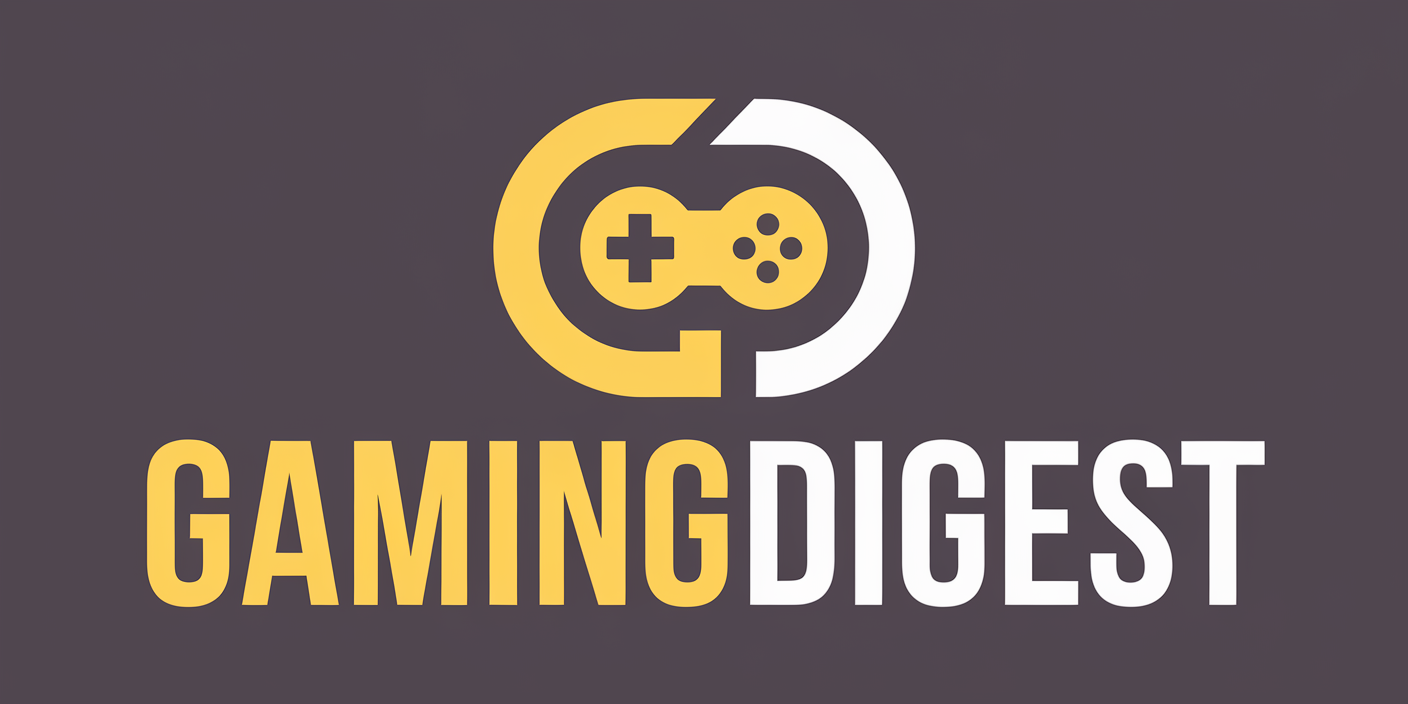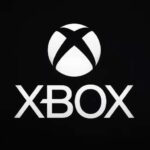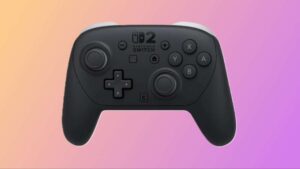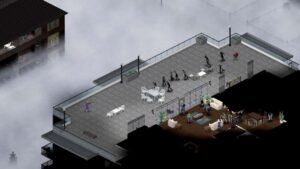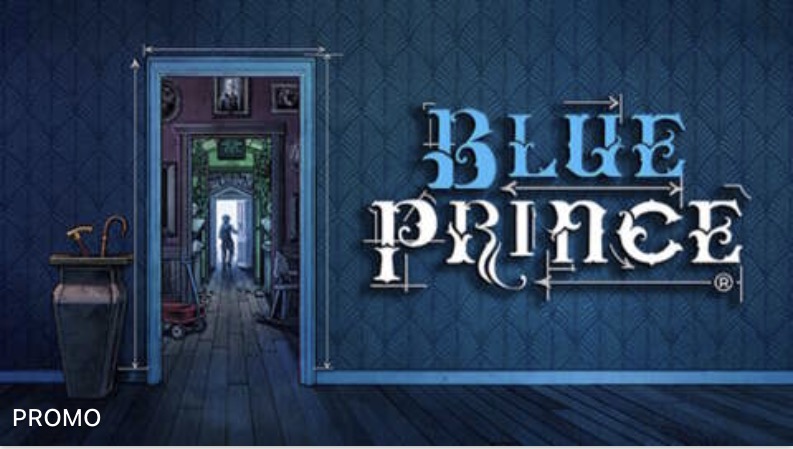The latest update for SteamOS is here, after months of development in beta. SteamOS Version 3.7.8 includes a lot of fixes and improvements on a system level, and will also introduce a battery saver feature for the Steam Deck for the first time.
The new battery saver option is called Battery Charge Limit, and can be found under the Power submenu in Settings. The feature allows users to set a maximum charge limit for their Steam Deck, with a maximum of 80% charge recommended for devices that are usually left on charge, or that rarely have their battery fully depleted.
This kind of feature, designed to prolong the working life of lithium-ion batteries, is already commonly implemented in devices like mobile phones and laptops, and now is starting to become more common in the gaming space. Nintendo recently revealed that the Switch 2 will have a similar feature, which will stop the hybrid handheld console from charging once it reaches 90%.
The SteamOS update also includes a number of other notable changes that will improve the OS from the ground up–with upgrades to the system’s Linux base, and the Mesa graphics driver base. Version 3.7.8 will also improve the Steam Deck’s desktop experience, with an upgrade to Plasma 6.2.5 for an overall smoother and more modern desktop experience.
The latest update also improves support for third-party devices, including AMD-powered devices like the ROG Ally and original Lenovo Legion Go, as well as adding official support for the newer Legion Go S.
SteamOS users can also expect a decent amount of other bug fixes, compatibility improvements and other enhancements to the system. Check out the full list of patch notes below:
Steam OS 3.7.8
General
- Updated to a newer Arch Linux base
- Updated the Linux kernel to 6.11
- Updated the Mesa graphics driver base
- Desktop mode now ships with Plasma 6.2.5
- Added support for frame limiting with VRR displays (internal and external)
- Added Battery Charge Limit control to Settings->Power
- This option allows you to set a maximum charge limit for your Steam Deck.
- Limiting the charge limit to 80% can be beneficial for long term battery health. This can be useful if your Steam Deck is constantly being charged (e.g. docked), or very rarely has its battery depleted.
- Fixed a crash when no displays are connected
- Added official support for the Lenovo Legion Go S
- Improved support for other AMD powered handhelds (like the ROG Ally and original Legion Go)
- Updated the SteamOS recovery image for repairing SteamOS on Steam Deck and Legion Go S. If you would like to test SteamOS on your own AMD powered handheld, you can use this SteamOS recovery image and follow the instructions here.
Controllers and Input
- Add support for the Proteus Byowave controller
- Fixed an issue where Switch Pro Controller gyros might not work on first connection
- Fixed an issue with stuck/hanging controller inputs when exiting Steam
Bluetooth
- Fixed Bluetooth devices still being able to wake the Steam Deck from suspend, even when Bluetooth was disabled from Desktop mode
- Enable HFP/HSP profiles, to allow using the integrated microphone from headsets and earbuds
- Currently only available to select in Desktop mode
- Added battery level display for supported Bluetooth devices
- Include a bugfix for the Airpods when using the AAC codec
- Bluetooth controllers can now wake LCD units from sleep, previously only available on OLED models
- Known issue: Bluetooth LE based controllers are not currently compatible with bluetooth wake on LCD models
Steam Deck Dock
- Made compatibility improvements for certain displays including TCL FireTV models and Dell VRR capable monitors
Graphics and Performance
- Enabled AMD P-State CPU frequency control
- Fixed a performance regression for No Rest for the Wicked
Desktop
- Updated to Plasma 6.2.5 (previously 5.27.10) – see the big changes in Plasma 6 here
- Surround sound now works correctly
- Enabling the setting is currently only available via Desktop mode
- KDE Filelight is now installed by default for disk usage visualization and low disk space notifications
- Speed and robustness improvements when switching between desktop and game mode
- Fixed a common cause of hangs when switching to desktop mode
- Fixed some cases where Steam could take up to ninety seconds to exit on shutdown or switch to desktop
- Added ‘gocryptfs’ support to desktop session to enable use of the Plasma Vaults feature
Misc
- Fixed some cases where “filter-chain” or other virtual sound devices would erroneously appear in the UI
- Fixed cases where applying system updates could fail if certain configuration files were corrupted or malformed
- Various enhancements to System Report functionality for support and troubleshooting
- Fixed compatibility issue with certain DNS servers causing very slow domain lookups
- Improved responsiveness of system when running into out-of-memory crash situations
- Enabled IPv6 Privacy Extensions by default
- Fixed a bootloader crash on certain non-Steam Deck devices, including qemu-based virtual machines
Known Issues
- Super NES controllers can erroneously show up as connected when they are not
Developer
- Updated to a 6.11 based kernel
- Added debuginfod URLs for SteamOS
- Added systemd .socket units to the default list of /etc files preserved across updates
- When running in a VM, system will now default to the desktop session
- Swap file setup now uses standard ‘mkswap’ functionality instead of shipping an ad-hoc ‘mkswapfile’ script
- The steamos-readonly command now warns that the status might not be accurate when sysexts are loaded
- Fixed a case that could introduce duplicate boot entries for devices manually setup to dual-boot
- The pacman cache is now cleaned after applying a SteamOS update
- Fixes stale cache errors working with pacman after switching branches
We have just shipped an updated Steam Deck Client to the Stable channel.
Additional Client Changes
- Fixed an issue preventing some apps from installing on the Legion Go S
- Added “SteamOS Compatible” library tab on the Legion Go S
